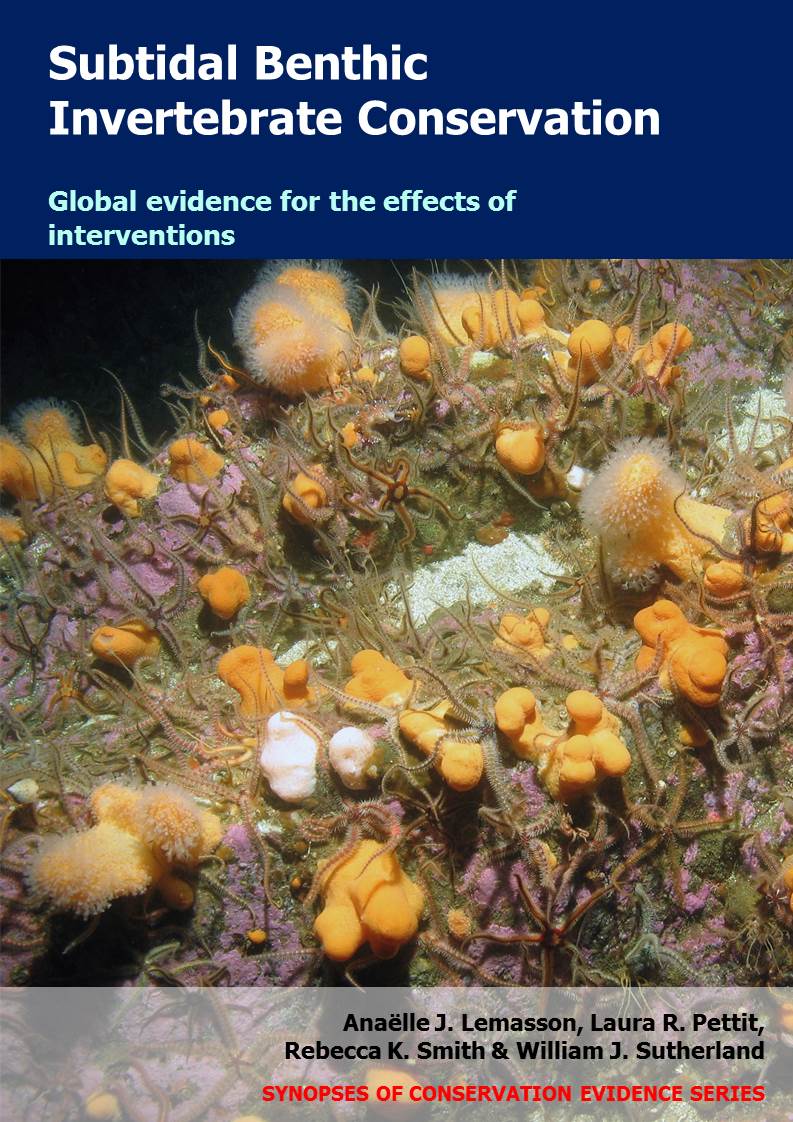Use a square mesh instead of a diamond mesh codend on trawl nets
-
Overall effectiveness category Unknown effectiveness (limited evidence)
-
Number of studies: 1
View assessment score
Hide assessment score
How is the evidence assessed?
-
Effectiveness
50% -
Certainty
20% -
Harms
10%
Study locations
Supporting evidence from individual studies
A replicated, paired, controlled study in 2007 in two areas of the English Channel, southwest England, UK (Wade et al. 2009) found that in one of two areas a trawl net fitted with a square mesh codend caught less non-commercial unwanted invertebrates (discard) compared to a standard trawl fitted with a diamond mesh codend. In one of two areas examined, using a square mesh codend instead of a standard diamond mesh codend reduced the biomass of invertebrate discard by 11% (square: 794 vs diamond: 889 kg). The square mesh codend caught similar amounts of commercially targeted species (megrim and anglerfish in that area) to the standard trawl and caught 26% more commercially important shellfish. In the other area, the square mesh codend caught similar biomass of invertebrate discard (1,746 kg) as the diamond mesh codend (1,842 kg), and similar amounts of commercially targeted species (Dover sole and plaice in that area). Two designs of trawl nets were towed simultaneously: a modified beam trawl with an 80 mm square mesh codend, and the industry standard beam trawl with an 80 mm diamond mesh codend. Twelve tows/area were conducted in July–August 2007. The catch was sorted into commercially important species (target and commercial unwanted catch) and discard species. Commercial organisms were counted, and discards were further sorted into benthic invertebrates and finfish and each were weighed.
Study and other actions tested
Where has this evidence come from?
List of journals searched by synopsis
All the journals searched for all synopses
This Action forms part of the Action Synopsis:
Subtidal Benthic Invertebrate Conservation





)_2023.JPG)














